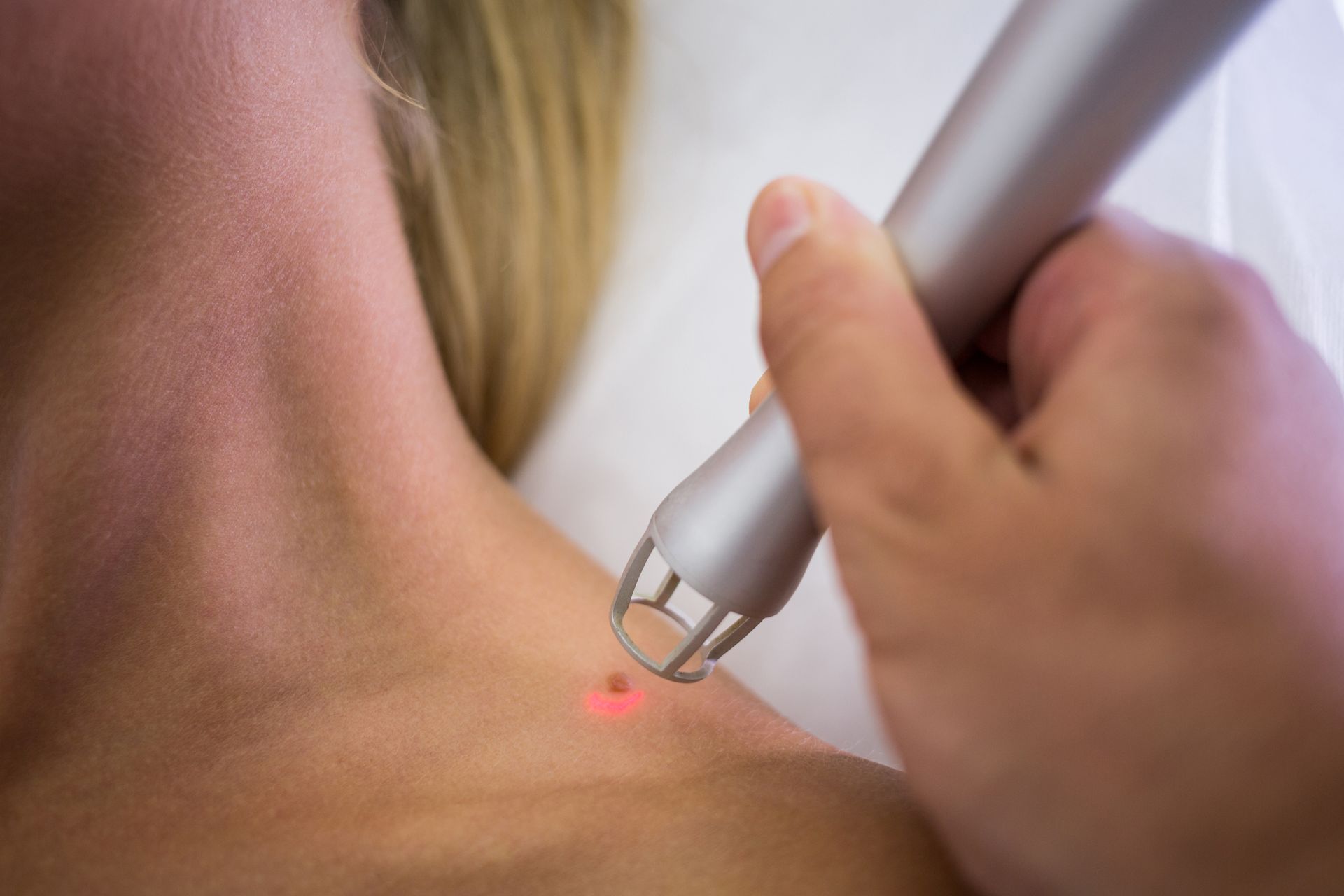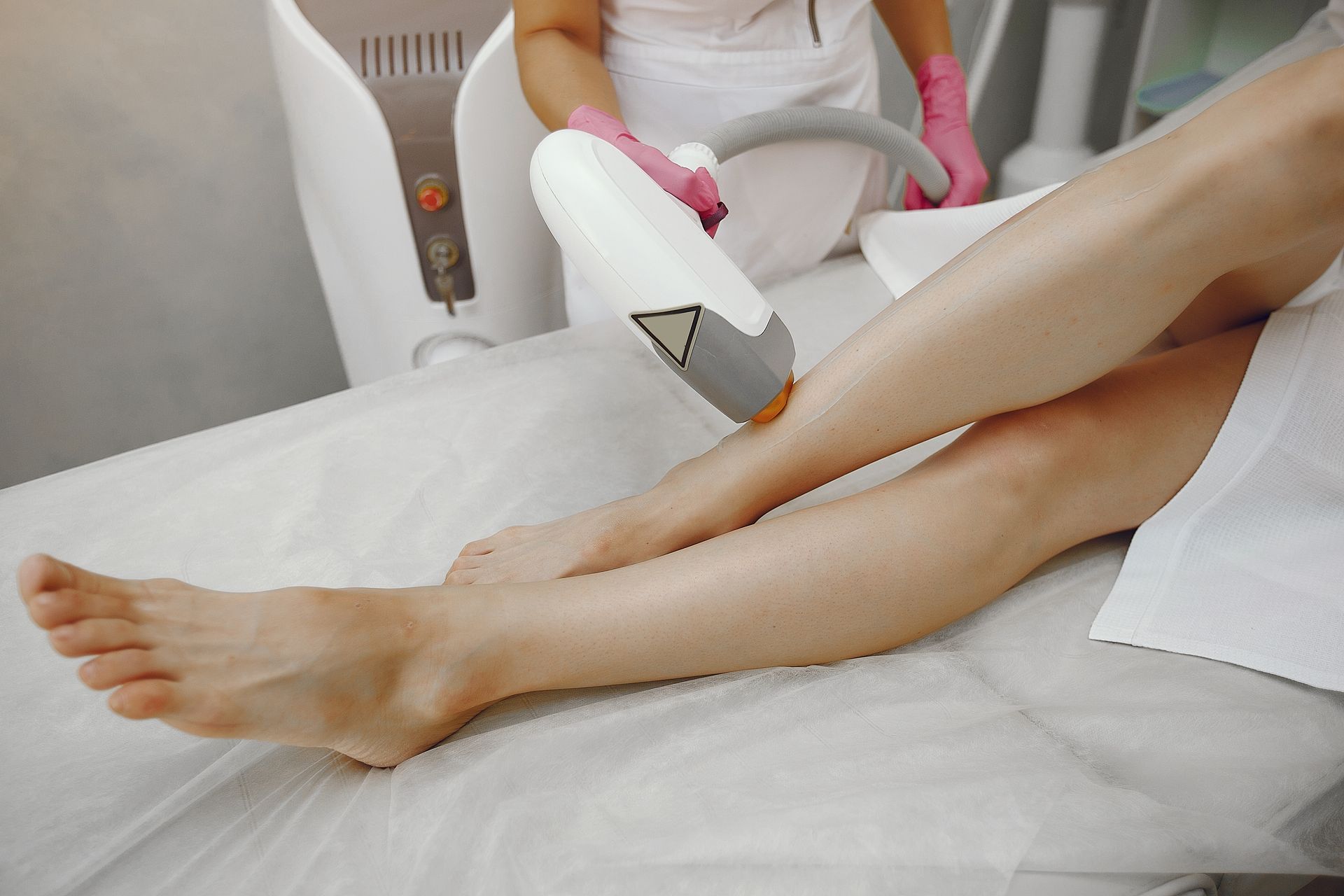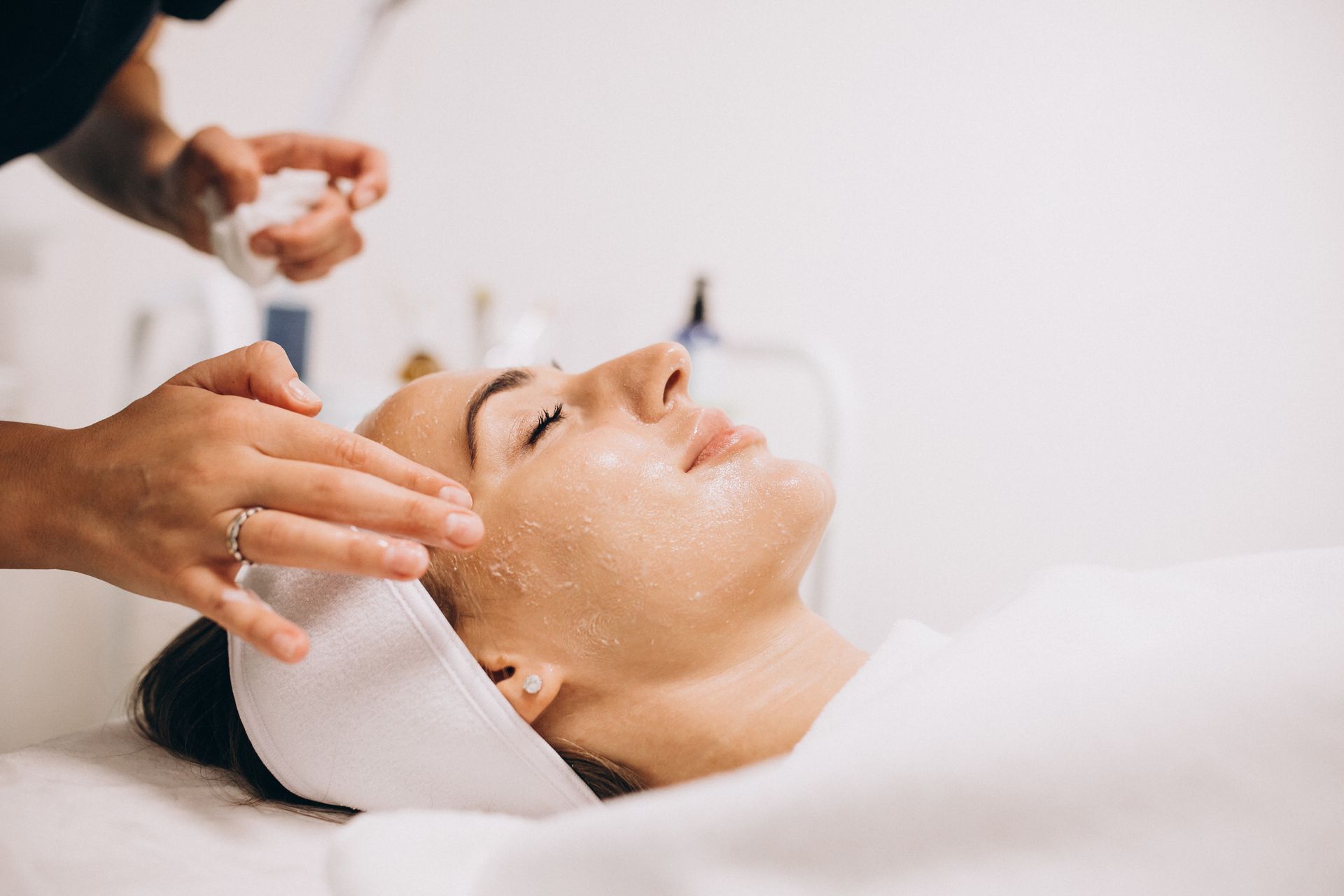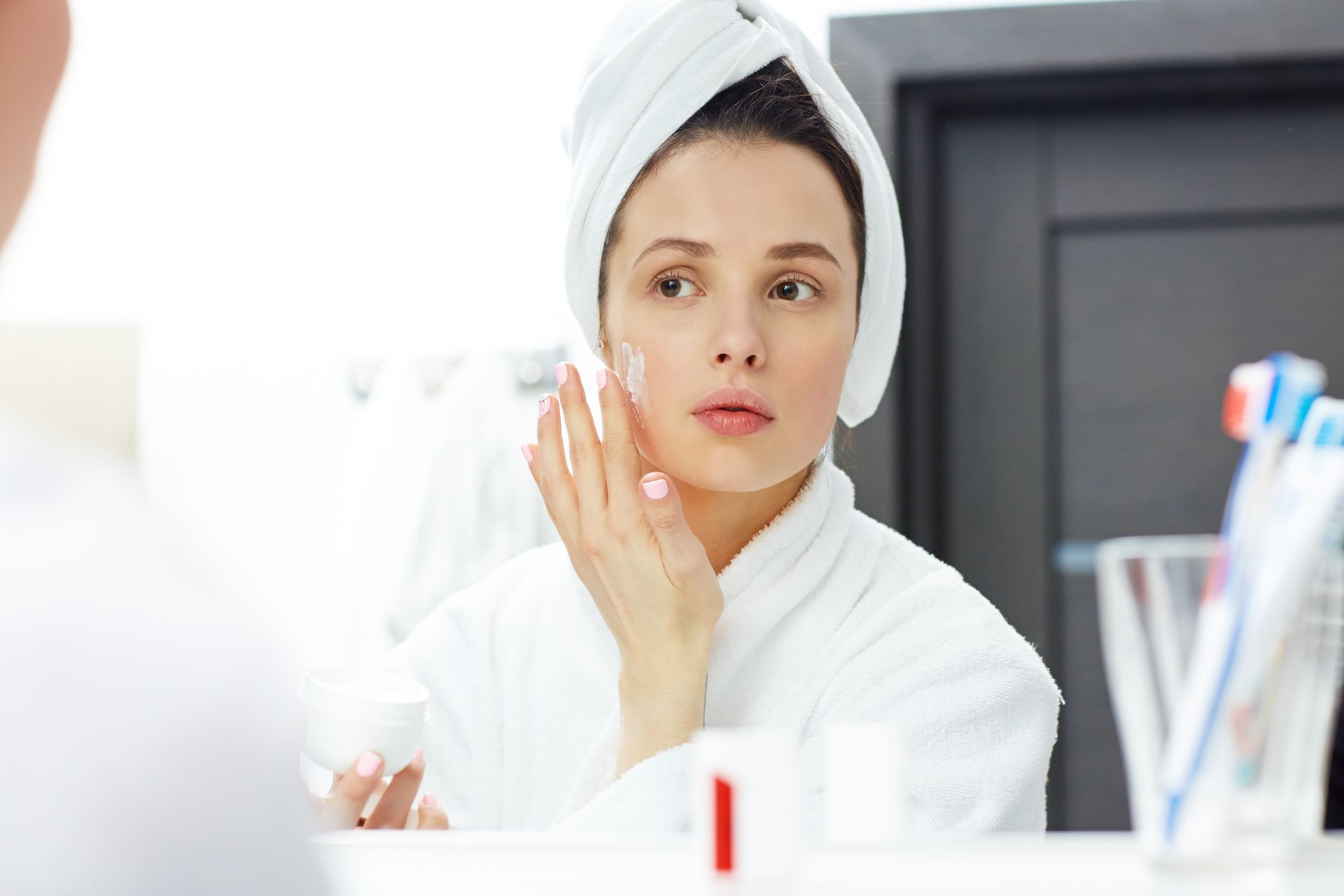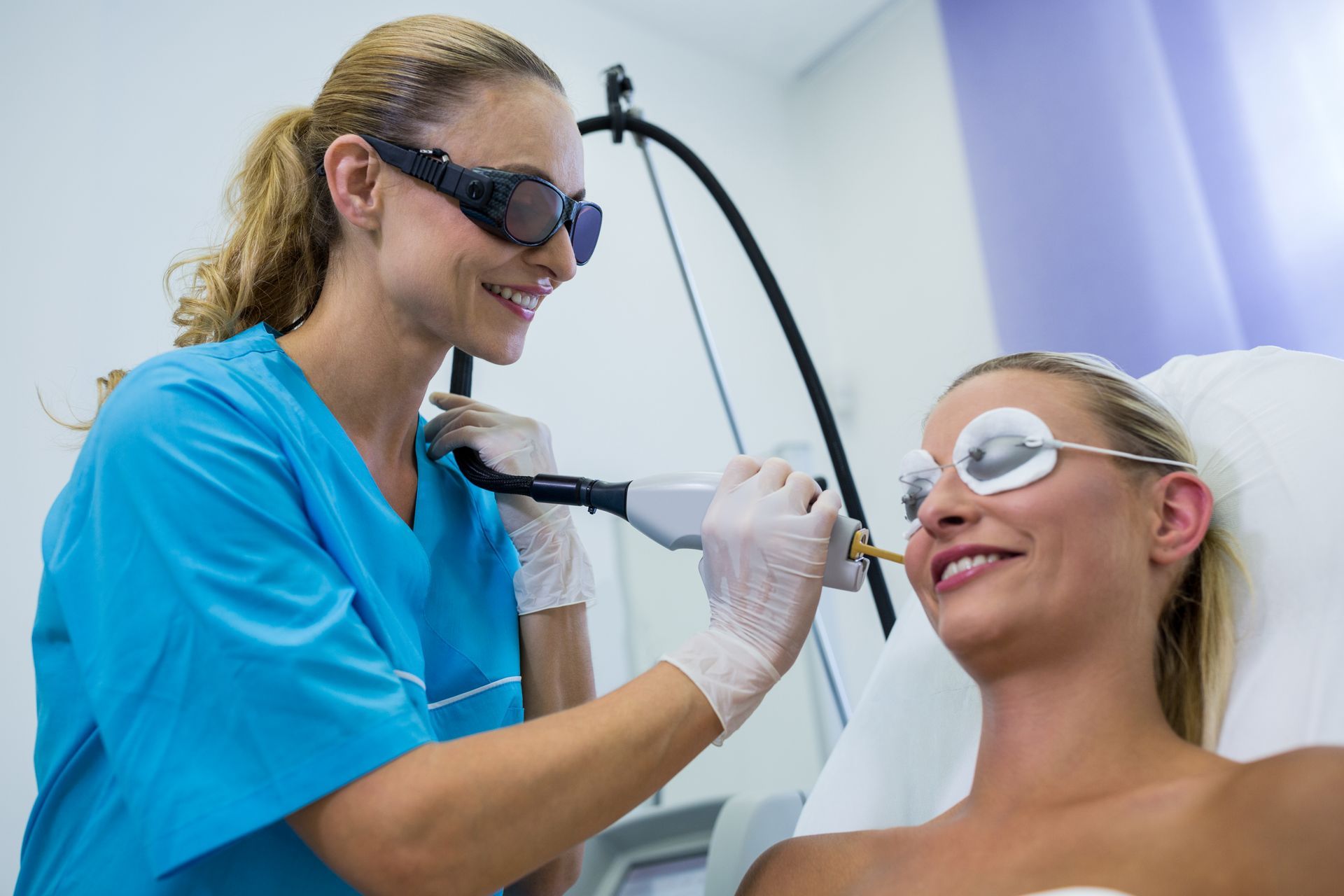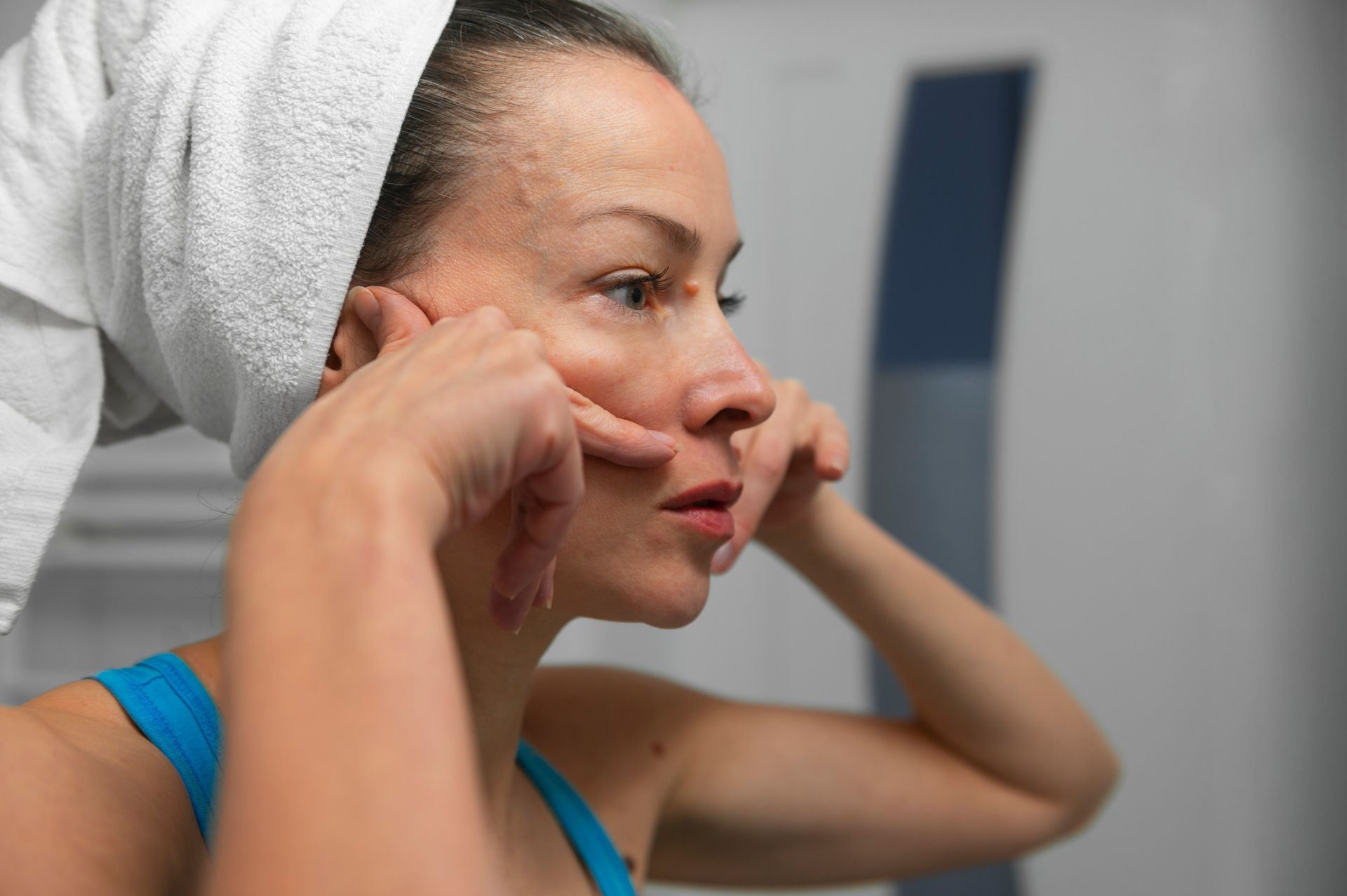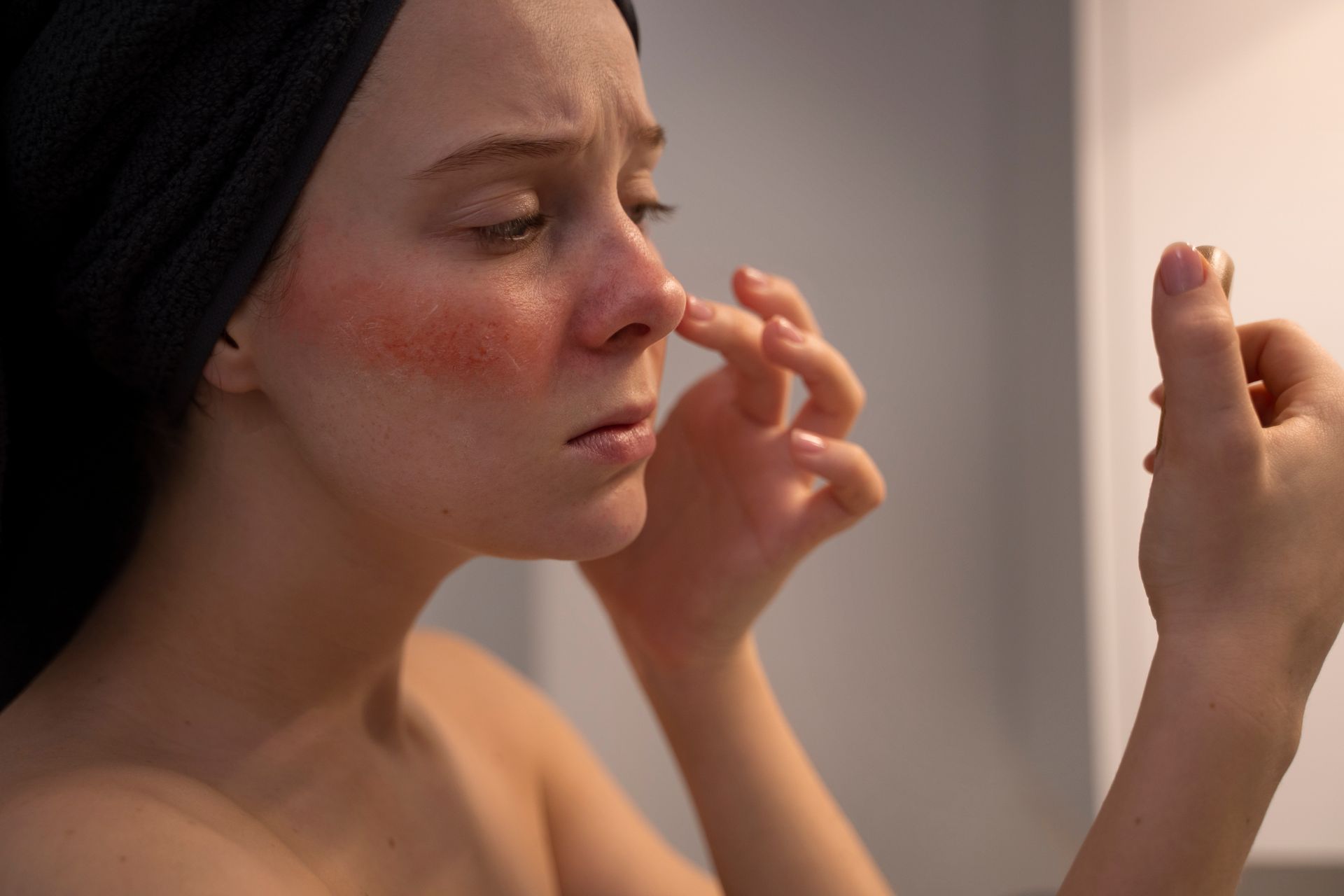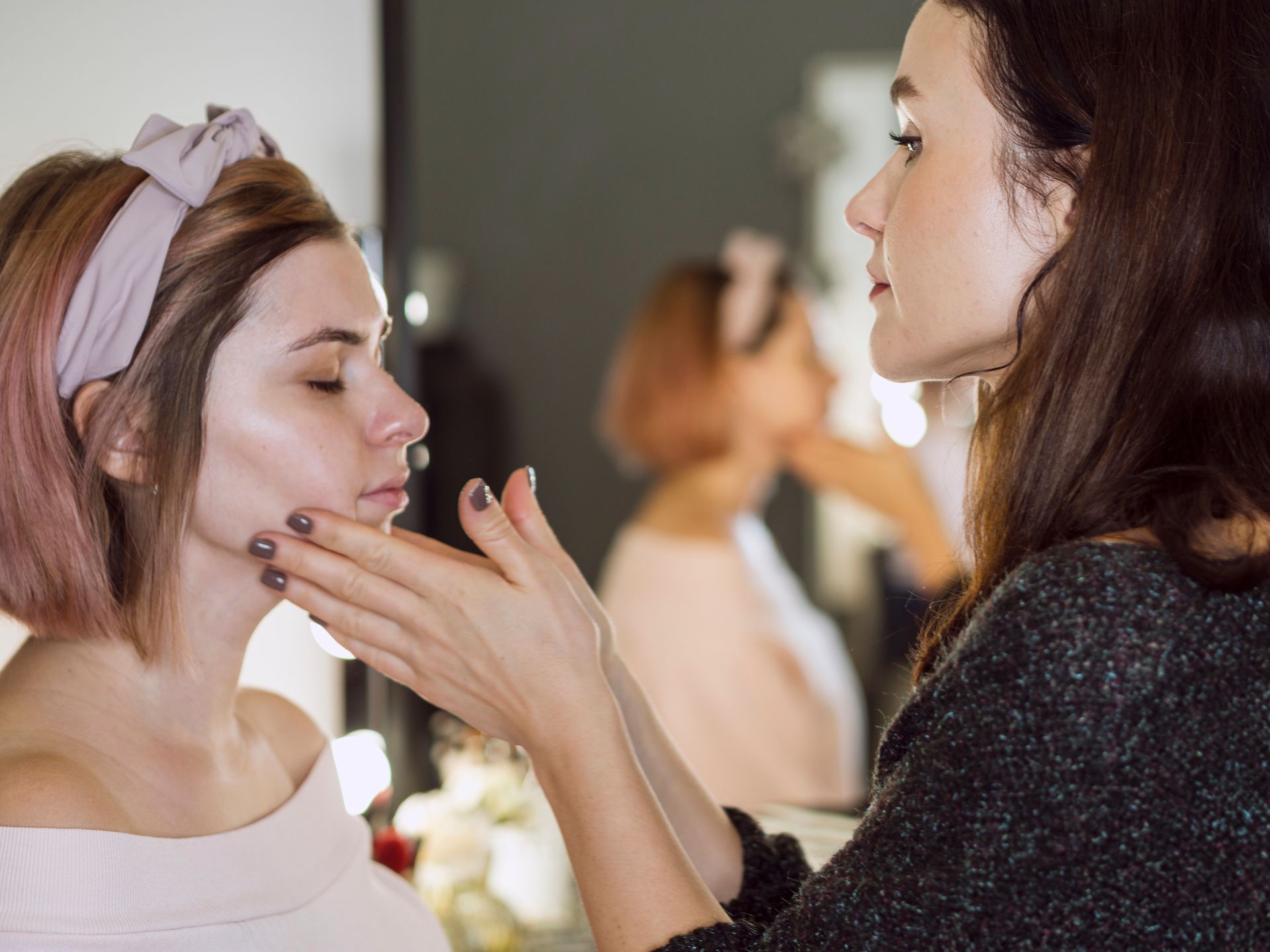How Should The Client Prepare For A Basic Facial?
To learn how to prep for a facial, begin by cleansing your skin thoroughly to remove any impurities.
Facials are not just a luxury reserved for special occasions; they are an essential part of maintaining healthy and radiant skin. In today's fast-paced world, our skin faces constant exposure to environmental pollutants, stress, and other factors that can take a toll on its health and appearance. Therefore, understanding the importance of basic facials and knowing how to prepare for them is crucial for anyone seeking to achieve glowing, youthful skin.
A
basic facial is more than just a pampering session at the spa; it is a therapeutic treatment designed to cleanse, nourish, and rejuvenate the skin. By deeply cleansing the pores and removing impurities, facials help prevent acne breakouts and minimize the appearance of blemishes. Additionally, the gentle exfoliation and moisturizing steps involved in a facial promote cell turnover, resulting in smoother, softer skin texture.
Beyond the surface-level benefits, facials also promote relaxation and stress relief. The soothing touch of the aesthetician's hands and the calming ambiance of the spa create a tranquil experience that can help alleviate tension and improve overall well-being. In essence, facials offer both physical and mental rejuvenation, making them an indispensable part of self-care routines.
Benefits of Regular Facials
Regular facials can yield long-term benefits for the health and appearance of your skin. By incorporating facials into your skincare regimen on a consistent basis, you can enjoy:
Improved Skin Texture:
Regular exfoliation and hydration provided by facials can enhance the smoothness and suppleness of your skin, reducing the appearance of fine lines and wrinkles.
Enhanced Skin Tone: Facials help balance uneven skin tone and promote a more radiant complexion by addressing issues such as hyperpigmentation and dullness.
Deep Cleansing: Routine facials help remove accumulated dirt, oil, and dead skin cells from the pores, preventing congestion and breakouts.
Stress Reduction: The relaxation induced by facials can help reduce stress levels, which in turn can minimize the impact of stress-related skin issues such as inflammation and sensitivity.
Choosing the Right Facial for Your Skin Type
When it comes to facials, one size does not fit all. Each person's skin is unique, and choosing the right facial for your specific skin type is essential to ensure optimal results. Here's a breakdown of how to identify your skin type and the different types of basic facials available:
Identifying Your Skin Type
- Dry Skin: If your skin often feels tight, flaky, or rough, you likely have dry skin. Dry skin lacks moisture and may be prone to fine lines and dullness.
- Oily Skin: Oily skin is characterized by excess sebum production, leading to a shiny complexion and frequent breakouts. People with oily skin often have enlarged pores and may experience acne flare-ups.
- Combination Skin: Combination skin is a mix of both dry and oily areas. Typically, the T-zone (forehead, nose, and chin) is oily, while the cheeks are dry or normal. Finding the right balance of hydration and oil control is key for this skin type.
- Sensitive Skin: Sensitive skin is easily irritated and prone to redness, itching, or burning sensations. It requires gentle products and treatments to avoid exacerbating sensitivity.
Different Types of Basic Facials
- Ideal for dry or dehydrated skin types.
- These facials focus on replenishing moisture levels in the skin using hydrating ingredients such as hyaluronic acid, glycerin, and botanical extracts.
- They help improve skin texture, reduce flakiness, and restore a healthy, radiant glow.
Exfoliating Facials:
- Suitable for all skin types, especially those with dull or congested skin.
- Exfoliating facials involve the removal of dead skin cells through mechanical or chemical means, promoting cell turnover and revealing smoother, brighter skin.
- They can help unclog pores, reduce the appearance of acne scars, and improve overall skin texture.
Detoxifying Facials:
- Beneficial for oily or acne-prone skin types.
- Detoxifying facials aim to purify the skin by drawing out impurities, excess oil, and toxins from the pores.
- They often incorporate ingredients like clay, charcoal, or sulfur to absorb impurities and reduce inflammation, leaving the skin clearer and more balanced.
Preparing Mentally and Physically
Preparing for a facial goes beyond just scheduling an appointment; it involves mental and physical readiness to ensure a rewarding experience. Here's how you can prepare yourself mentally and physically for your upcoming facial:
Before your facial appointment, it's essential to set realistic expectations about the results you hope to achieve. While facials offer numerous benefits for the skin, they may not deliver instant miracles. Understanding that skincare is a journey and that consistent treatments yield the best results can help manage expectations and prevent disappointment.
Preparing mentally is crucial for a stress-free facial. Relaxation techniques like deep breathing or meditation can ease pre-appointment anxiety. Maintaining a positive mindset helps view the facial as self-care. Trusting the professional administering the facial is key; they have your best interests at heart. On the physical side, stick to your regular skincare routine before the appointment, avoiding harsh products. Inform your aesthetician about prescription skincare use. Minimize sun exposure to prevent skin sensitivity during the facial. These preparations ensure an optimal experience and enhance results.
Finding the Perfect Facialist or Spa
Finding the perfect facialist or spa is pivotal to ensuring a fulfilling and effective skincare experience. Researching spa options, reading reviews and recommendations, and asking pertinent questions before booking are essential steps in this process. By thoroughly researching spa options, including exploring websites, social media, and word-of-mouth referrals, you can compile a list of potential candidates. Reading reviews and recommendations provides valuable insight into the experiences of previous clients, helping you gauge the quality of service and results offered by each spa.
Also, preparing a list of questions to ask before booking, such as inquiries about treatment options, esthetician qualifications, and sanitation practices, allows you to make informed decisions and ensure compatibility with your skincare needs. By investing time and effort in finding the perfect facialist or spa, you can embark on a skincare journey that delivers optimal results and leaves you feeling pampered and rejuvenated.
What to Expect During the Facial Session
Consultation: Your facial journey begins with a thorough consultation with your esthetician. They will assess your skin type, address any concerns or goals you have, and customize the treatment plan accordingly.
Cleansing:
The first step in your facial involves gentle cleansing to remove makeup, dirt, and impurities from the surface of your skin. This ensures a clean canvas for the subsequent steps of the treatment.
Exfoliation:
Next, your esthetician will perform an exfoliation to slough away dead skin cells and reveal fresh, radiant skin underneath. This step may involve mechanical exfoliation with a scrub or chemical exfoliation with enzymes or acids, depending on your skin type and needs.
Extraction (if applicable):
If you have congested pores or blackheads, your esthetician may perform extractions to gently remove impurities and debris. This step helps unclog pores and prevent breakouts, but it's optional and may not be suitable for all skin types.
Mask Application:
Following exfoliation and extraction, a customized mask will be applied to address specific concerns such as hydration, brightening, or calming. The mask is left on for a specified period to allow the active ingredients to penetrate the skin and deliver their benefits.
Massage: One of the most relaxing aspects of a facial is the massage component. Your esthetician will use gentle, soothing strokes to promote circulation, lymphatic drainage, and muscle relaxation. This helps reduce tension in the facial muscles and enhances the absorption of skincare products.
Moisturizing:
The final step of your facial involves applying a moisturizer or serum tailored to your skin type and concerns. This locks in hydration and nutrients, leaving your skin feeling soft, supple, and nourished.
Aftercare and Post-Facial Skincare Routine
After your facial session, proper aftercare is essential to maintain the benefits of the treatment and support your skin's health. Here's a guide to the dos and don'ts, recommended skincare products, and establishing a post-facial routine:
Dos:
- Drink plenty of water to keep your skin hydrated from the inside out.
- Apply sunscreen if you'll be exposed to sunlight after your facial to protect your skin from UV damage.
- Adhere to any specific instructions provided by your esthetician regarding post-facial care.
- Handle your skin with care and avoid touching or rubbing it excessively.
- Cleanse your face with a gentle, non-abrasive cleanser to remove any residue from the treatment.
Don'ts:
- Refrain from using harsh skincare products, exfoliants, or treatments immediately after your facial, as they may irritate your skin.
- Avoid skipping sunscreen, especially if you'll be spending time outdoors, as unprotected sun exposure can undo the benefits of your facial.
- Resist the temptation to touch or pick at your skin, as this can introduce bacteria and lead to breakouts or irritation.
- Refrain from overloading your skin with too many products immediately after your facial. Keep your routine simple and gentle.
Recommended Skincare Products
- Opt for a mild, non-foaming cleanser that won't strip your skin of its natural oils.
- Invest in a hydrating serum or essence containing ingredients like hyaluronic acid to replenish moisture levels in your skin.
- Choose a lightweight, soothing moisturizer to calm and nourish your skin post-facial.
- Use a broad-spectrum sunscreen with SPF 30 or higher to protect your skin from harmful UV rays.
Establishing a Post-Facial Routine
- Gently cleanse your face morning and night to remove impurities and maintain a clean canvas for skincare products.
- Apply a hydrating serum or essence to replenish moisture and improve skin texture.
- Follow up with a lightweight moisturizer to lock in hydration and keep your skin soft and supple.
- Always apply sunscreen during the day, even if you're indoors, to protect your skin from UV damage.
- Pay attention to how your skin responds to the products and adjust your routine accordingly.
By following these aftercare tips and establishing a post-facial skincare routine, you can prolong the results of your facial and maintain healthy, glowing skin between treatments.
Summary
A perfect basic facial begins with understanding the importance of skincare, selecting the right treatment for your skin type, and preparing both mentally and physically. By following the roadmap outlined above, which includes identifying your skin type, selecting the appropriate facial, preparing adequately, and adhering to aftercare practices, you can maximize the benefits of your treatment and achieve radiant, healthy skin. Remember to maintain realistic expectations, trust in the expertise of your esthetician, and prioritize self-care for optimal results. With dedication to skincare and a commitment to your well-being, each facial session can be a transformative and rejuvenating experience, leaving you feeling refreshed, revitalized, and ready to face the world with confidence.

